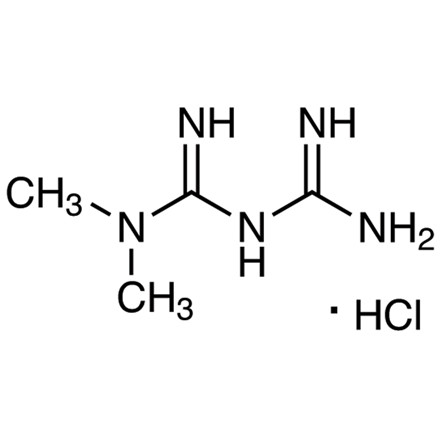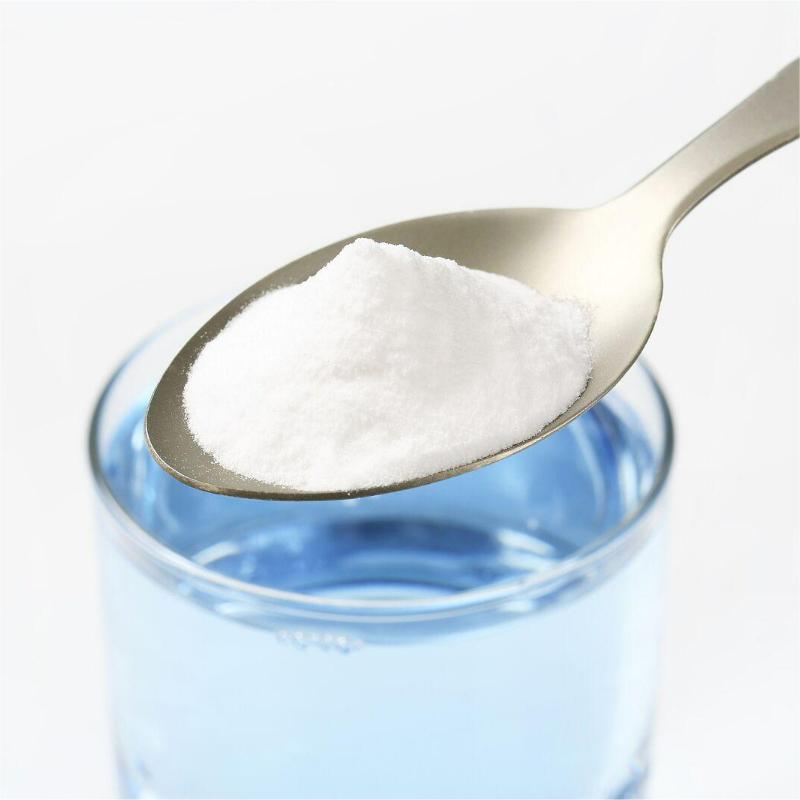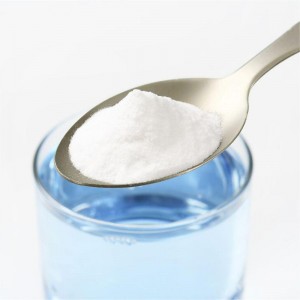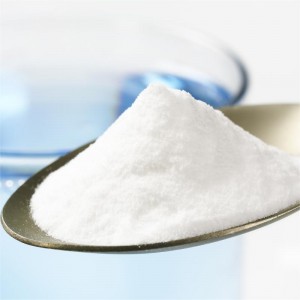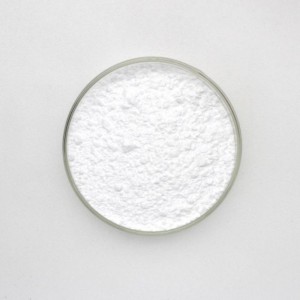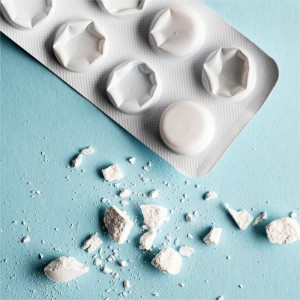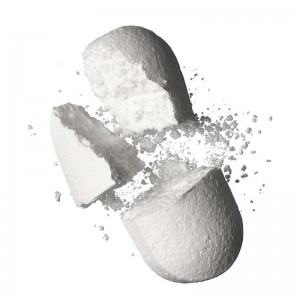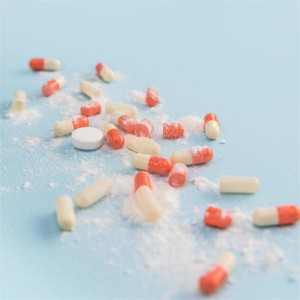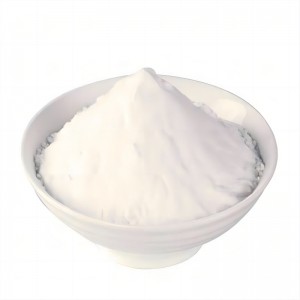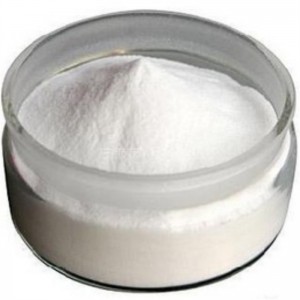Cas number: 1115-70-4 Molecular Formula: C4H11N5
| Melting Point | 233-236℃ |
| Density | 1.48 g/cm³ |
| storage temp | 15-30℃ |
| solubility | Soluble in water, soluble in ethanol, and insoluble in chloroform and benzene. |
| optical activity | +25.7 degrees (C=1, water) |
| Appearance | white crystalline powder |
The molecular pharmacological mechanism of is currently not fully understood. It is known that it acts at least on the liver, reducing gluconeogenesis (i.e. glucose production) and reducing insulin resistance. Some studies have shown that can activate AMP activated protein kinase (AMPK), which is one of the indispensable mechanisms for to inhibit liver gluconeogenesis and improve insulin sensitivity in insulin signal transduction pathway. AMPK, as a protein kinase, plays an important role not only in the insulin signaling pathway, but also in overall energy balance and glucose and fat metabolism. Animal experiments and clinical studies have shown that can induce significant changes in the composition of fecal microbiota in diabetes, which may not only contribute to the secretion and effect of glucagon like peptide-1 (GLP-1), but also prove to improve insulin sensitivity, which is also one of the important mechanisms of its anti type 2 diabetes effect.
This product should be used in small doses and gradually increased according to the patient's condition. The initial dose of this product (hydrochloride tablets) is usually 0.5 grams, twice a day; Or 0.85 grams, once a day; Take with meals.
This product should be used in small doses and gradually increased according to the patient's condition. The initial dose of this product (hydrochloride tablets) is usually 0.5 grams, twice a day; Or 0.85 grams, once a day; Take with meals.
